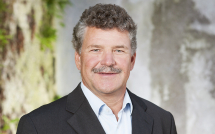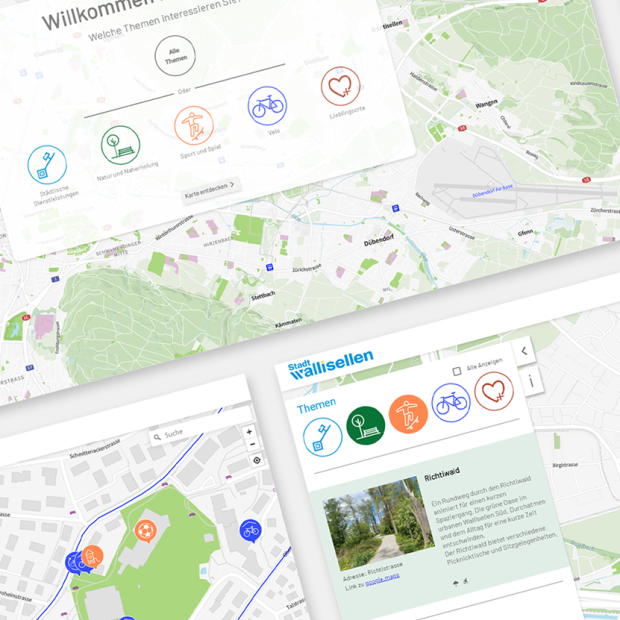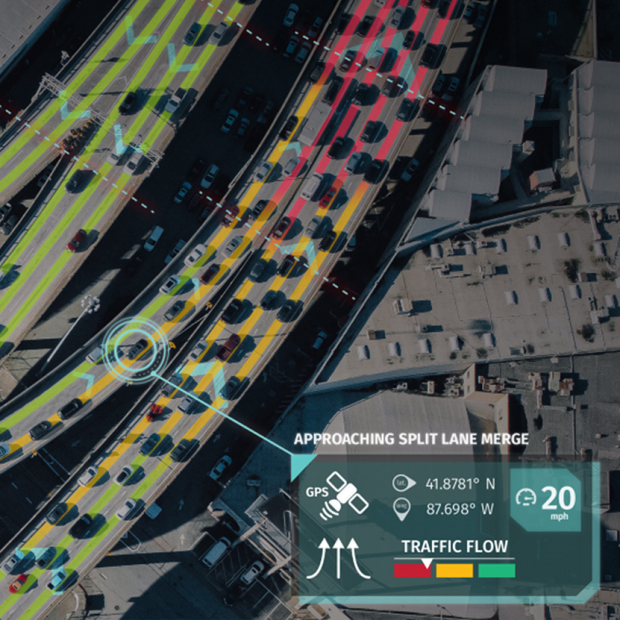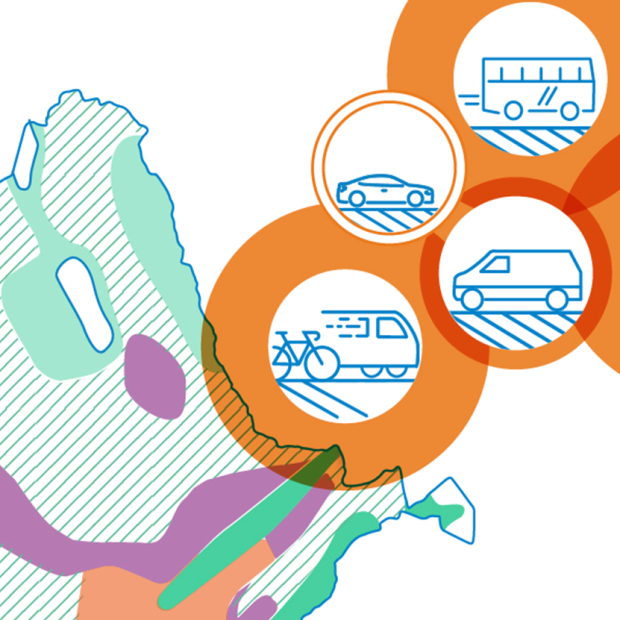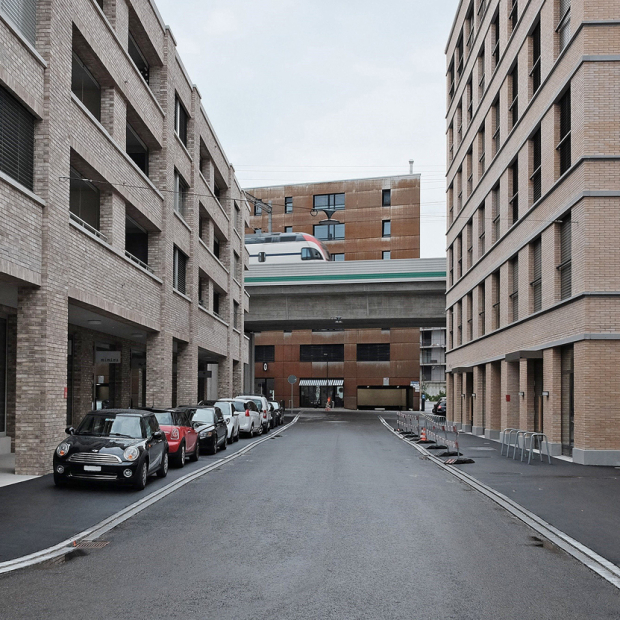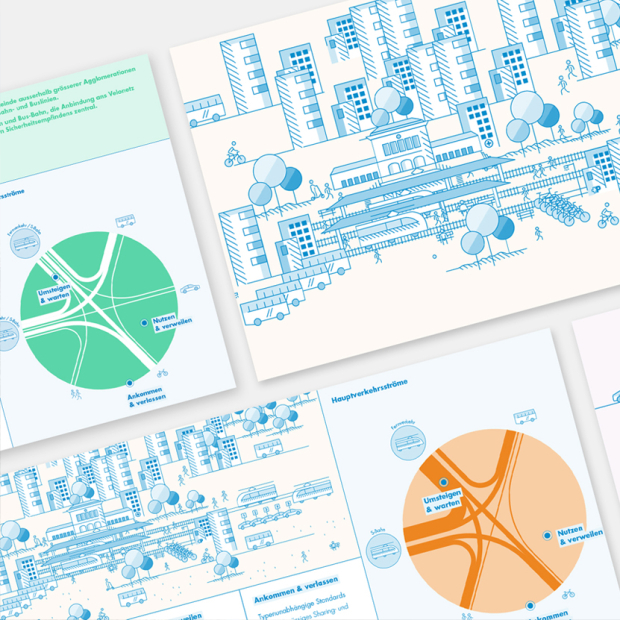
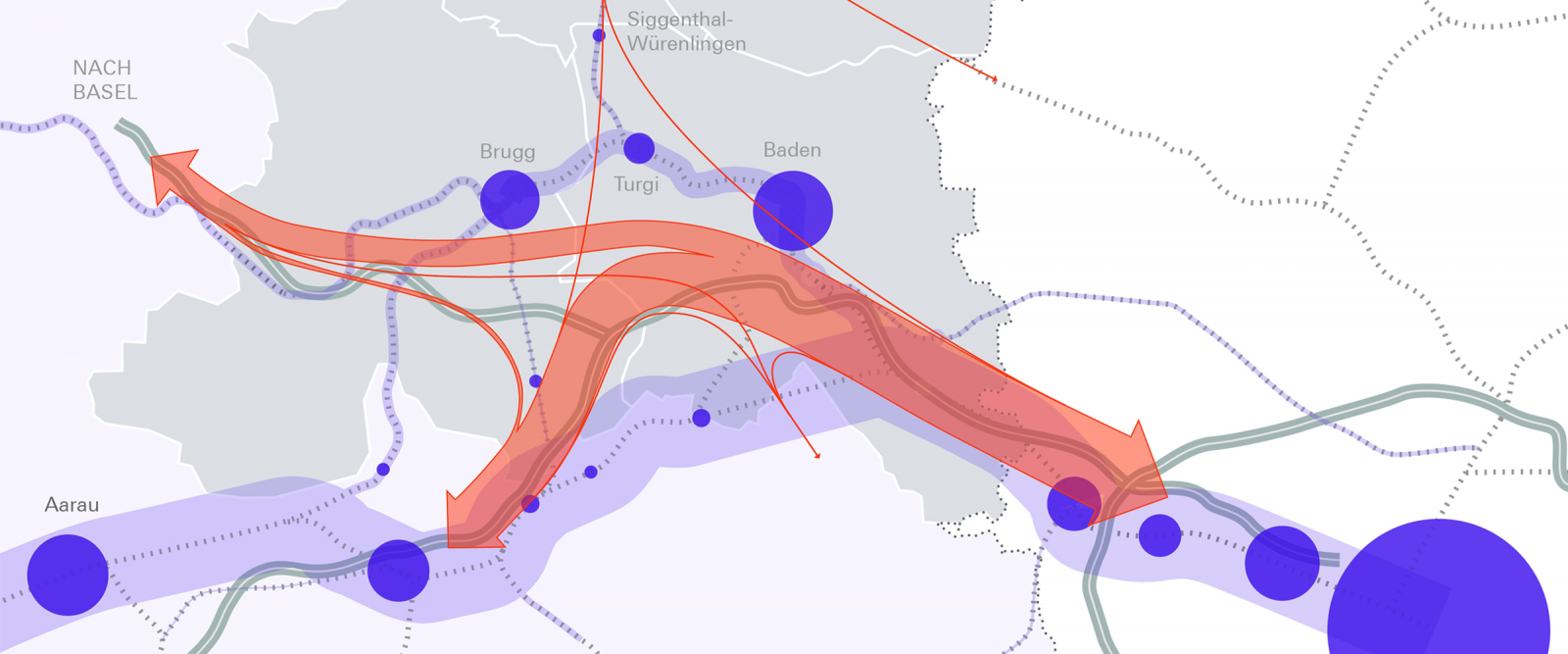
Ostaargau road development (OASE)
After moving to stop the Baldegg Tunnel Project, the Aargau cantonal government commissioned EBP to develop solutions to transportation problems in Ostaargau that could be included in a comprehensive transportation concept.
After assessing the results of a feasibility study, the Aargau cantonal government decided to stop the Baldegg Tunnel Project for budgetary reasons. EBP was then commissioned to develop more cost-effective alternative plans that would take account of a full range of transportation modalities without compromising the original goals of the Baldegg Tunnel Project, i.e. relieving congestion in Baden and Brugg and improving access for the Lower Aare Valley.
A forecast of future transportation problems was developed (using 2040 as a reference year) based on an extensive analysis of settlement and traffic development. This forecast was then used as a basis for specifying the project goals.
The net was cast wide in the search for solutions. Workshops involving the participation of community representatives from the three regions in the project area were organized as a means of gathering ideas from those immediately affected. A multiphase compilation and evaluation process was initiated to derive alternative comprehensive solutions that would take account of all means of transportation.
Three different methods of evaluation were applied to compare and evaluate the alternative solutions. These included a comparative-value analysis to assess the likelihood of project-goal fulfillment and cost-effectiveness and cost-benefit analyses based on sustainability indicators for road development projects issued by the Swiss Federal Department of the Environment, Transport, Energy and Communications (DETEC). This concluded the work of EBP on the project. The most promising of the proposed alternatives are now to be selected for inclusion in the cantonal development plan in the next phase of project preparation.
In addition to the specialist analysis work, the scope of the assignment included the drafting of documents for the various committees involved in the decision-making process. The results of EBP’s efforts were compiled in the form of a 16-page brochure for communication purposes in the context of the public hearings on the development plan. This gave the communications specialists at EBP an opportunity to contribute their skills alongside EBP’s various technical specialists in the context of this multidisciplinary project.
